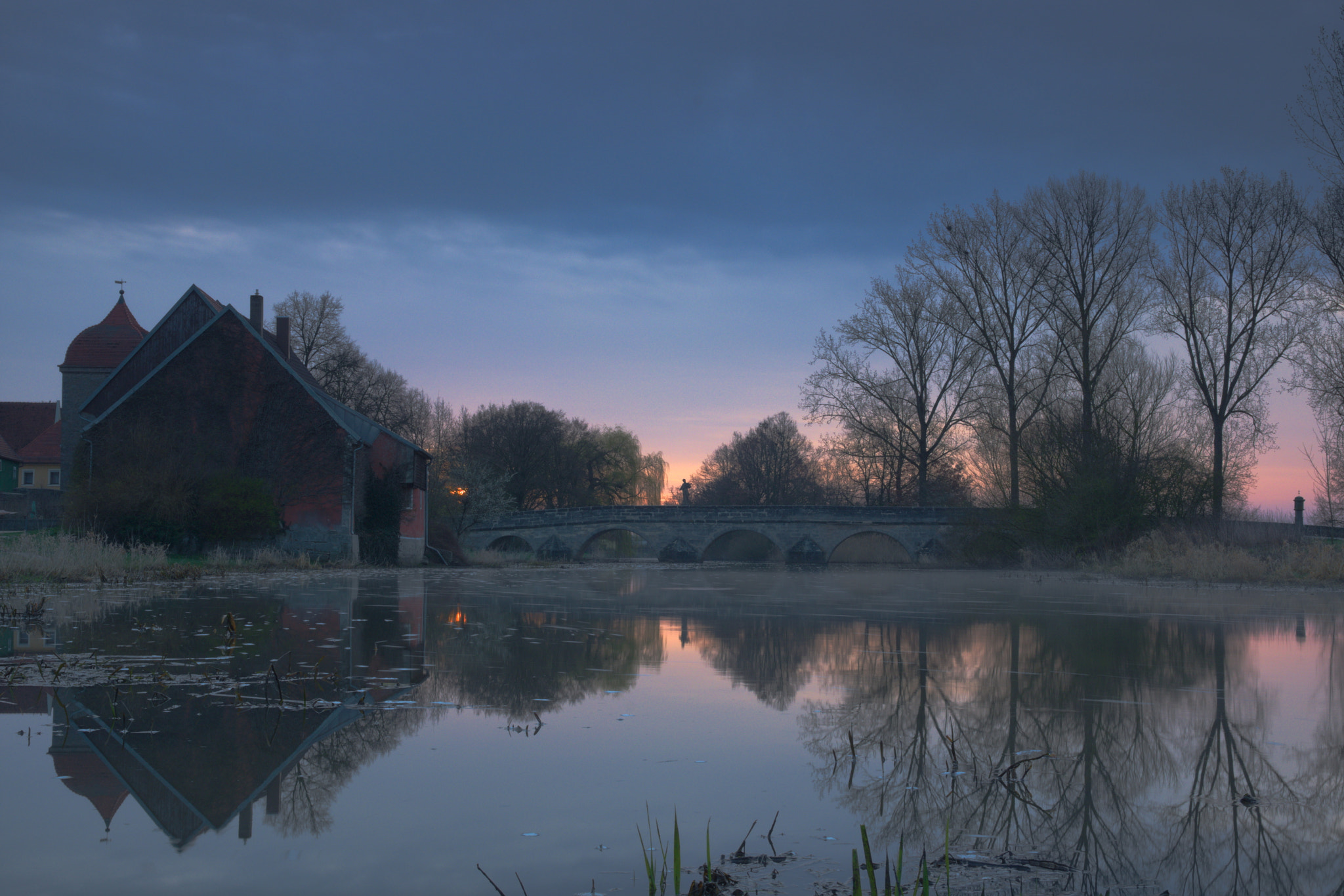The Brombachsee Marathon began at Lake Brombach and ended in Pleinfeld. The district’s respiratory protection center is positioned on the positioning of the Pleinfeld hearth brigade. The majority of the southern a part of the catchment area is positioned inside the adjacent natural space of the southern Franconia alb, together with the higher Rezattal and the low hill and mountain country east of it in the sub-space of the Weißenburger Alb, whereas the areas on the left and west of the valley belong to the underground Weimersheimer Platte. It rises here in a brief facet valley in the Narche Altmühlalb natural space of her north -wing main valley, which additionally units the Altmühl flowing to the valley axis on the side of the valley axis. That is the place the valley begins to deepen. From there up to the mouth, the valley and the rest of the right-hand catchment area belong to the sub-space Rother Sand Platten, while the left-hand catchment area is distributed over the sub-areas Southern Foreland of the Spalt Hill Nation (with Brombachgrund) in the south, Southern Spalt Hill Country in the northwest and north and a span of the Eastern Foreland of thespalter hill country near the mouth of the Rezat to the left. It’s surrounded by forests in a valley that opens to the east. NHN between Muhr am See in the southeast and Ornbau within the northwest and is bordered in the south by the Altmühlsee (moved here), within the east by the Mönchswald, within the north by the towns of Hirschlach and Heglau and within the west by the Altmühlzuleiter.
Just behind Weißenburg, its longest tributary, the Felchbach, reaches it from the east. From Galgenberg to the Kingdom of Heaven (Weißenburg Local Historical past Books Quantity 4), Weißenburg i. ↑ Ulf Beier: Weißenburg subject identify guide. ↑ Ralph Jätzold: Geographical survey of the nation: The pure spatial items on sheet 172 Nördlingen. ↑ Alexander von Humboldt Professorship|Friedrich Alexander University Erlangen-Nuremberg. ↑ Johann Alexander Döderlein: Schediasma Historicum, IMPP. Johann Kaspar Bundschuh: Retzat. " in a document, they probably first sat on the stone home outside the village and in the course of the 12th or 13th century they moved their headquarters to the moated castles inside the village. NN the Hornauer Weiher on the sting of the village of Hornau, approx. The drain from The remains of the canal leads to the Altmühl. On the locks on the south ramp of the principle-Danube Canal – Kelheim, Riedenburg, Dietfurt, Berching and Bachhausen – pumping stations with a supply capacity of 35 m³/s are installed, which supply each the canal's water provide and serve as a transition. → Exit of the Jochsberger Mühlkanal, to the correct at 426 m above Furthgraben, from the best and west to over 426 m above sea stage. It initially runs by the flat Ried and then passes the core town of Weissenburg within the west. From a natural perspective, the catchment space there shares the eaves of the southern Franconian Alb, and more exactly, its sub-areas (from southwest to northeast) Weißenburger Alb, Anlauteralb and Anlauter-Braunjuratrichter.
Finally, the Swabian Rezat unites between the eponymous most important town of the municipality of Georgensgmünd on the left and its district of Petersgmünd on the proper reverse at an altitude of 341.7 m with the Franconian Rezat, which comes from the southwest and is for much longer and has a richer catchment space, to kind the indirect Fundamental tributary Rednitz. In keeping with tradition, Charlemagne already wished to beat the principle European watershed between the catchment areas of the Danube and Rhine, which runs, among other things, over the mountain ranges between the Swabian Rezat and Altmühl, by means of a canal. Then straight again into open flow, it passes the Letzleinsmühle on the precise financial institution, now flows north between the Galgenberg on the best and the final wasteland of Simonsmühle von Gnotzheim on the left after which changes to the city limits of Gunzenhausen simply under the hamlet of Steinacker on the correct slope. After descending from the Alb plateau, the Scheide strikes, initially over the Franconian Alb-Zeugenberg Schloßberg (606.7 m), in front of, amongst different things, the tributaries of the higher Roth roughly northwest to the confluence with the Franconian Rezat; Here the catchment area of the Rednitz borders on the surface. The northern watershed west of the mouth borders the lower catchment space of the Franconian Rezat, which additionally competes in the northwest through its right-hand tributary Erlbach near Höfstetten.
The extra vital tributaries of the Swabian Rezat, listed from origin to confluence. There are several inexperienced areas in Pleinfeld, particularly alongside the Swabian Rezat, which are characterized by large meadows and small bridges. No federal waterways run by Pleinfeld as a result of no river in the region is appropriate for delivery. ↑ Joshua Sans: Cheers to the region. ↑ Names of bodies of water in the Weißenburg-Gunzenhausen district, Mfr., in: Sheets for Upper German title analysis. It then takes up the Brombach coming from the Großer Brombachsee and passes several mills and the villages of Mühlstetten and Niedermauk, two districts of the municipality of Röttenbach in the Roth district. Giant components of the southern and eastern half of the municipality are occupied by a forestless open landscape. With a vertical Kaplan turbine with a circulation price of 14 m³/s and a head of 7.20 m, an electrical output of 898 kW is achieved; the system has a typical output of 1.8 GWh per 12 months. From 60 m³/s one speaks of a 100-12 months flood on the Swabian Rezat. It belongs to the river system of the Rhine and is the less water -rich of the two supply rivers of the Rednitz – its left and western supply circulation is the longer and water -rich Franconian recurrence – hydrographically, a tribute to the Rednitz. NHN Excessive summit of the leaf bichel east of the Wülzburg on the southeastern water sheath.
